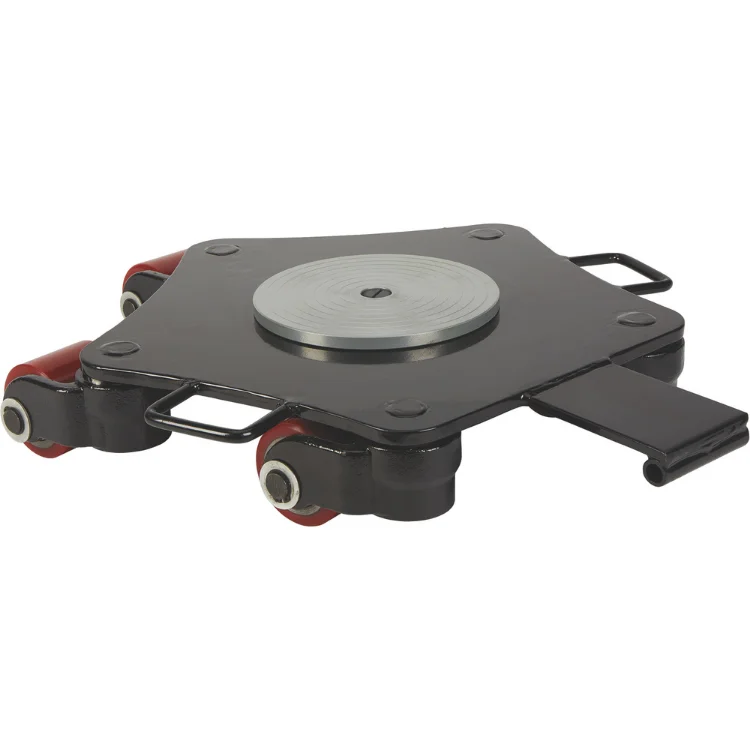overhead gantry
Understanding Overhead Gantries A Comprehensive Overview
Overhead gantries play a crucial role in various industries, serving as vital structures that facilitate the movement of goods, materials, and heavy equipment. This article delves into the fundamentals of overhead gantries, their applications, benefits, and considerations for installation and maintenance.
What is an Overhead Gantry?
An overhead gantry, commonly referred to as a gantry crane, is a type of crane that consists of a bridge spanning two or more supports. It is equipped with a lifting mechanism that moves along the bridge's length. This design allows it to lift and transport heavy loads across a defined area, making it a common sight in manufacturing plants, warehouses, shipyards, and construction sites.
Applications of Overhead Gantries
Overhead gantries are utilized in numerous sectors, including
1. Manufacturing In factories, they are essential for moving heavy components and materials along production lines, thereby increasing efficiency and reducing manual handling.
2. Construction Gantries aid in lifting and transporting heavy construction materials, such as steel beams and concrete blocks, thus streamlining construction processes.
3. Shipping and Port Operations They are crucial in ports for unloading and loading containers and bulk materials from ships, enhancing logistical operations.
Benefits of Overhead Gantries
The advantages of using overhead gantries are manifold
overhead gantry

- Space Efficiency Because they operate above ground, overhead gantries can maximize floor space, allowing for more efficient use of ground areas, especially in congested warehouses and factories.
- Improved Safety By minimizing the need for personnel to lift heavy items manually, gantries help reduce the risk of workplace injuries associated with lifting and transporting heavy loads.
- Versatility Gantries can be fitted with various lifting mechanisms, including hooks, chains, and electromagnets, enabling them to handle a wide range of materials and weights.
- Increased Productivity The ability to quickly move heavy loads across vast areas enhances workflow and productivity, as tasks that would otherwise take considerable time can be accomplished swiftly.
Considerations for Installation and Maintenance
While overhead gantries offer numerous benefits, careful consideration is necessary during installation and maintenance
1. Load Capacity It is vital to determine the appropriate load capacity needed for the specific operations. Overloading can lead to accidents and structural failures.
2. Space Requirements Ensure adequate vertical and horizontal space for the gantry operation, allowing for safe movement of the crane and the load being transported.
3. Regular Inspections To maintain safety and functionality, routine inspections of the gantry's structure, mechanisms, and controls are essential. This helps identify potential issues before they escalate.
4. Training Personnel Operators should be adequately trained in using gantries, understanding safety protocols and operational procedures to minimize risks.
Conclusion
In conclusion, overhead gantries are indispensable tools in modern industry, allowing for the efficient and safe handling of heavy loads. With their wide-ranging applications and numerous benefits, these structures can significantly enhance operational productivity. However, proper installation, maintenance, and operator training are crucial aspects that cannot be overlooked. As industries continue to evolve, so too will the innovations surrounding overhead gantry systems, further solidifying their role in efficient material handling.
-
2000 lb Gantry Crane: Portable, Heavy-Duty, & Safe LiftingNewsAug.29,2025
-
4000 lb Gantry Crane: Heavy-Duty, Adjustable Lifting SolutionsNewsAug.28,2025
-
The Power of Trolley Cargo and Machinery Moving SolutionsNewsAug.22,2025
-
Exploring Magnetic Lifting Devices for Efficient Steel Plate HandlingNewsAug.22,2025
-
The Essential Guide to Portal CraneNewsAug.22,2025
-
Enhancing Efficiency in Permanent Magnetic LiftersNewsAug.22,2025
-
Heavy-Duty Machinery Movers and Material Handling SolutionsNewsAug.22,2025
